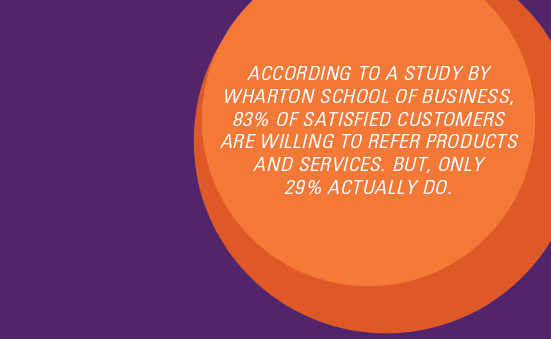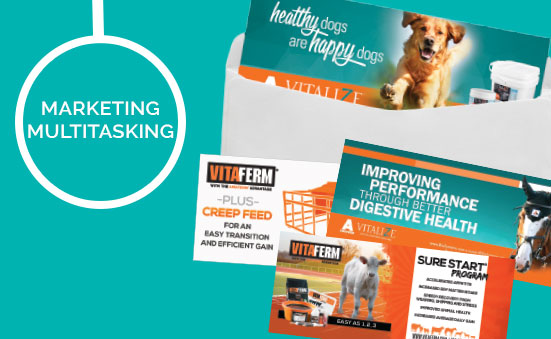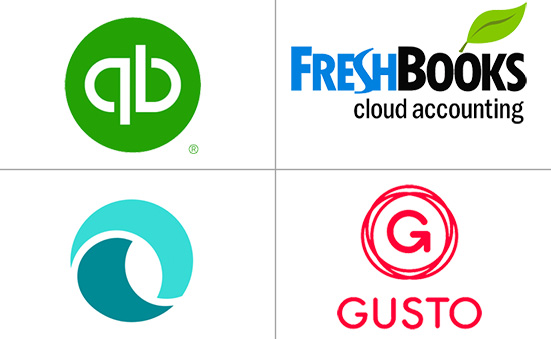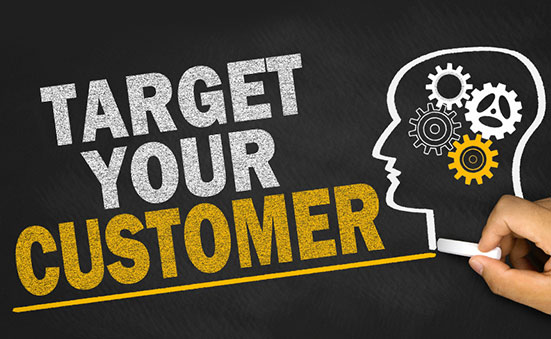Are you generating new business from existing customers? Customer advocates are the heart of any successful, growing business because they help send you referral leads – for free.
Referrals are warm leads that convert better than leads using other marketing initiatives. Creating customer advocates and harnessing their passion to drive more referrals is a key component to all successful, growing businesses.
According to a study by Wharton School of Business, 83 percent of satisfied customers are willing to refer products and services. But, only 29 percent actually do. So, let’s amp up that 29 percent and create some real growth from customers who share passion about the products and services you provide!
Why is customer advocacy so important?
- A referral customer costs a lot less to acquire and has a higher potential for retention and loyalty. In fact, a referred customer has a 16 percent higher lifetime value. (Wharton School of Business, 2012)
- Word of mouth is a primary factor behind 20 to 50 percent of all purchasing decisions. Its influence is greater when the products or services being bought are relatively expensive or need people to conduct detailed research. (Mckinsey, 2010)
- People trust friends and family more than other information sources; they pay twice the attention to recommendations from friends than other sources. (Mckinsey, 2010)
It’s easy to understand why creating customer advocates is important in driving success. Here are four ways you can turn passionate customers into advocates.
1. Build stronger customer relationships
Building relationships is important in showing that you value your customers’ business. Stronger relationships increase trust between you and your potential customer advocate.
When it comes to referrals, your customer’s reputation is on the line. If someone recommends your products and/or services, and you don’t deliver, guess who loses? Yes, you might take a hit, but more importantly, your customer will have their reputation damaged. Through stronger customer relationships, you can build trust with customers and earn their referral.
2. Use customer satisfaction surveys to identify potential advocates
Identifying potential customer advocates is a challenge. Customer satisfaction surveys can serve as a tool to identify advocates.
As discussed in previous newsletters, these surveys give you the opportunity to ask customers what they really think of your service. To determine if a customer is a potential advocate, ask this question in your survey:
How likely would you be to recommend us to your friends or colleagues?
- I would go out of my way to recommend <dealer name>
- I would recommend < dealer name >
- I wouldn’t recommend < dealer name >
If someone would ‘go out of their way to recommend your services’, you could assume they were very satisfied with your service or product. Leverage this insight to reach out to specific customers and identify potential advocates.
3. ‘WOW’ your customers by focusing on the experience
Zappos CEO Tony Hsieh demonstrates this best when he says, “We really don’t think that customer service is an expense that you should try to minimize, it’s really an investment in your brand. The telephone is one of the best branding devices out there. If you wow [customers] during that interaction, that’s something they’re going to remember for a very long time and tell their friends about.”
Creating an experience that WOWs your customers is something money can’t buy. People value service that goes above and beyond their expectations, and they tell others about those experiences. In order to WOW your customers, first think about what your customers expect from your product or service. Then, exceed those expectations. Think about some initiatives you can implement today that will make your customers say, “Whoa, that was great.”
4. Don’t be scared to just ask for referrals
Asking for a referral can be intimidating. Even with all the strategies in the world, some of you will still sit back and not identify your advocates and ask them for referrals.
Pick five loyal customers you feel might have some peers interested in your services. Next time you have a scheduled call or are delivering product, challenge yourself to simply ask for the referral.
Use this line if you’re stuck for words:“Hey Bob, do you know anyone or any operations that would find our products or services valuable?”
Turning customers into advocates doesn’t have to be hard. Studies show that customers want to send you referrals but just don’t know how. Your passion for this industry is contagious, and you have customers who want to help you grow your business. It is up to you to leverage that passion to create more opportunity!



